CosmicStrand: the discovery of a sophisticated UEFI firmware rootkit
SecureList
JULY 25, 2022
Rootkits are malware implants which burrow themselves in the deepest corners of the operating system. In this report, we present a UEFI firmware rootkit that we called CosmicStrand and attribute to an unknown Chinese-speaking threat actor. Introduction. Affected devices. an evil maid attack scenario).


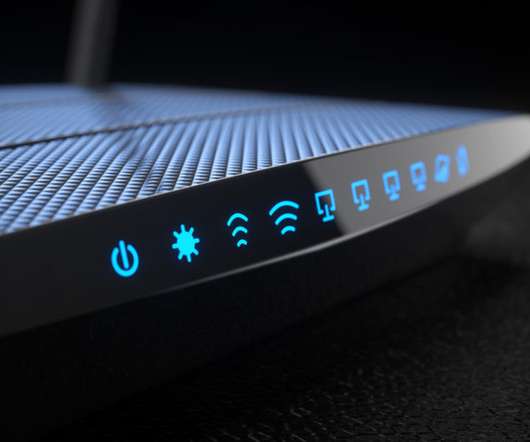

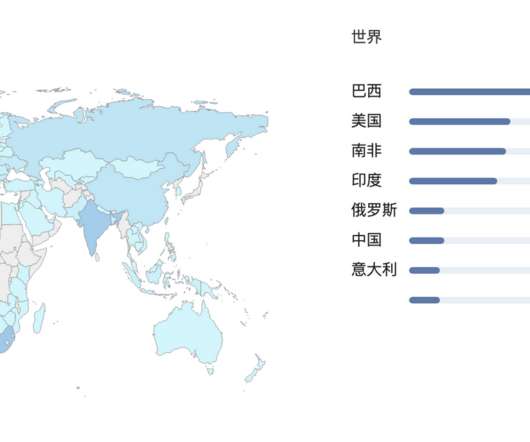
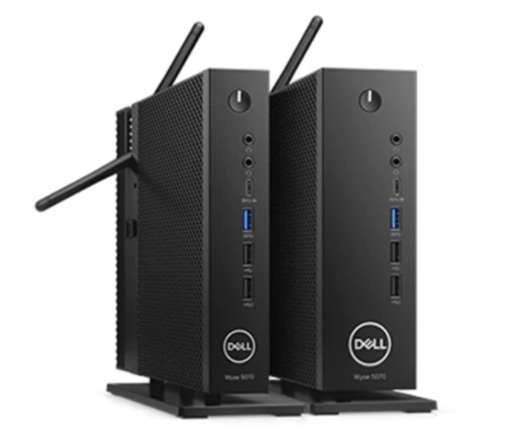
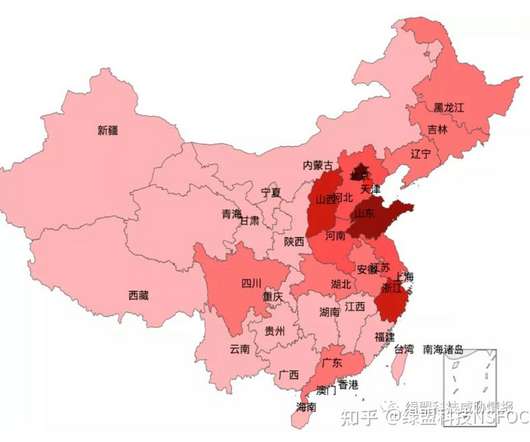

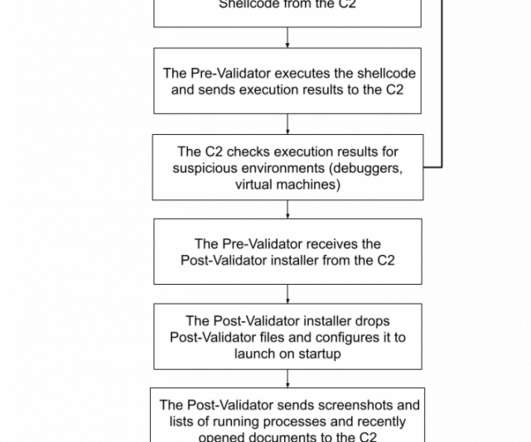













Let's personalize your content